| T O P I C R E V I E W |
| Andre |
Posted - 02/01/2015 : 21:43:21
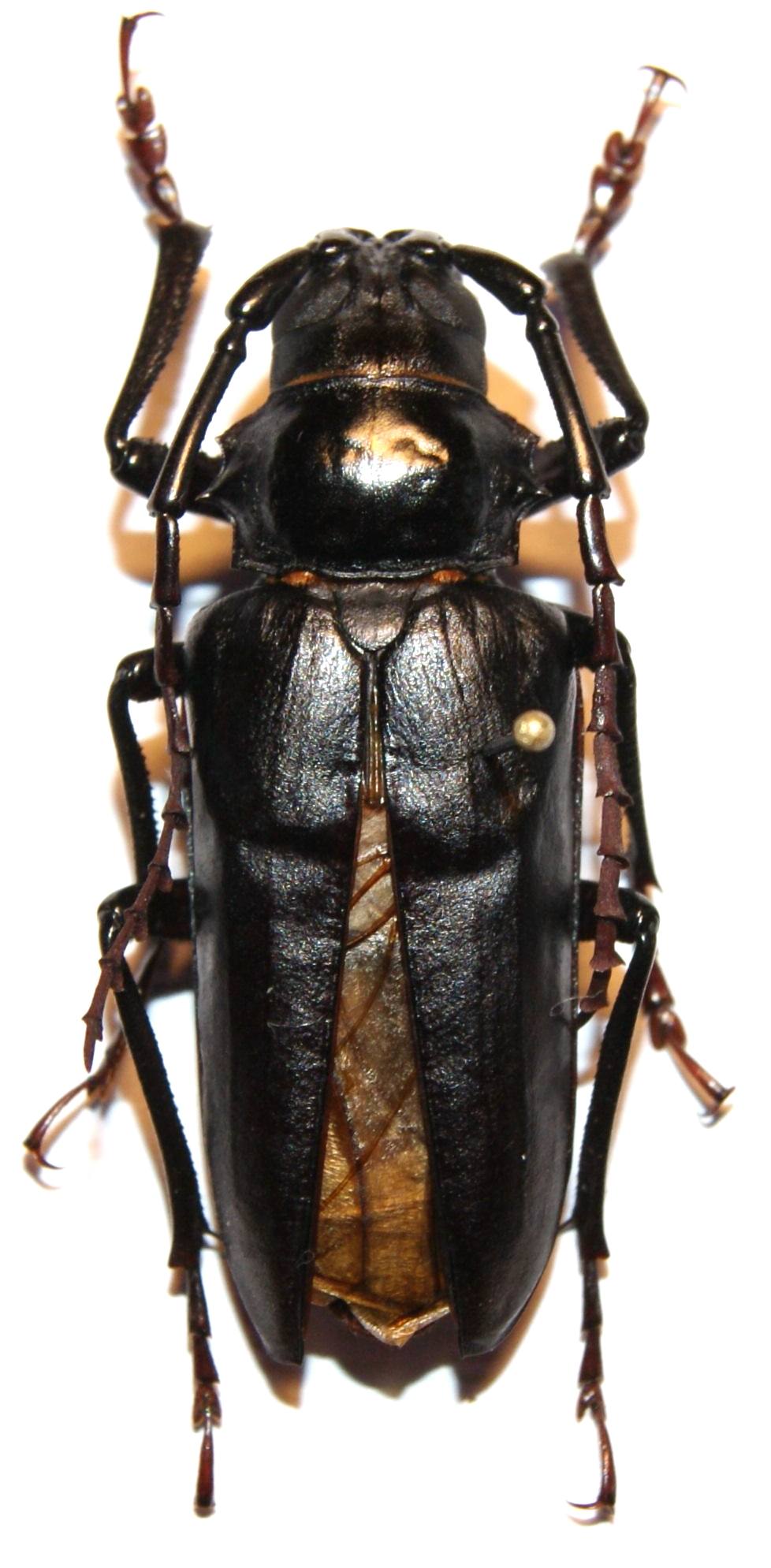 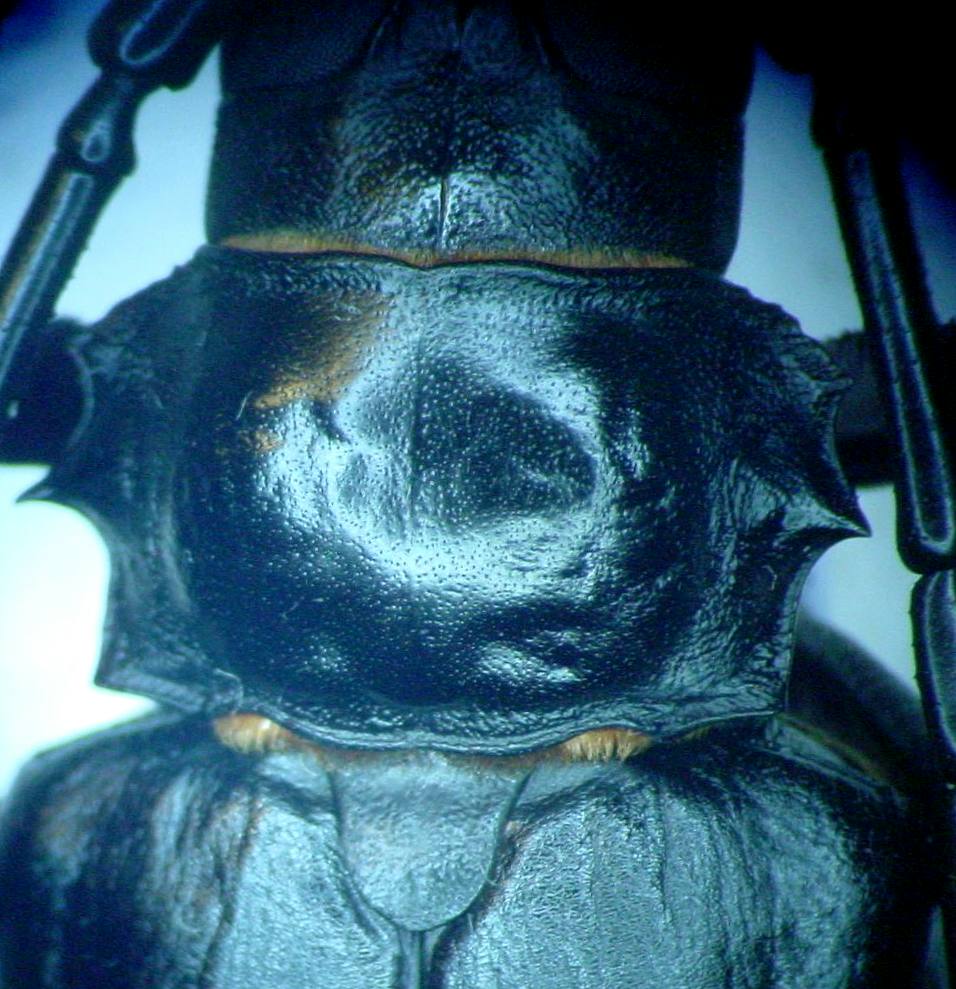
143.95 KB
N - Myanmar, 43 mm |
| 9 L A T E S T R E P L I E S (Newest First) |
| Gontran |
Posted - 14/12/2020 : 13:50:33
Merci Claude . |
| Capitaine |
Posted - 14/12/2020 : 11:43:43
Hello Gontran,
Indeed the specimens in this last picture are definitely not D. hydropicus, the pronotum is typical of the subgenus "Prionomimus", transverse with strong lateral spines. On the basis of this photo I would also say D. elegans. |
| Gontran |
Posted - 13/12/2020 : 15:23:16
I think now my specimens D. (Cyrtognathus) hydropicus could be D. (Prionomimus) elegans Ohbayashi ? Is it ? Thanks for your help. |
| Gontran |
Posted - 12/12/2020 : 15:33:43
It seems we may have to correct my ID, or? I have these Dorysthenes (Cyrtognathus) hydropicus (Pascoe) from Taiwan, Hsinchu, Yulao, Chienshih, 20 juin/30 juillet, Cheng/Yu Ashue.
They match very well with the photo of plate 2 in a book by C.K. Yu and H. Nara. I can make a better photo close-up if necessary.
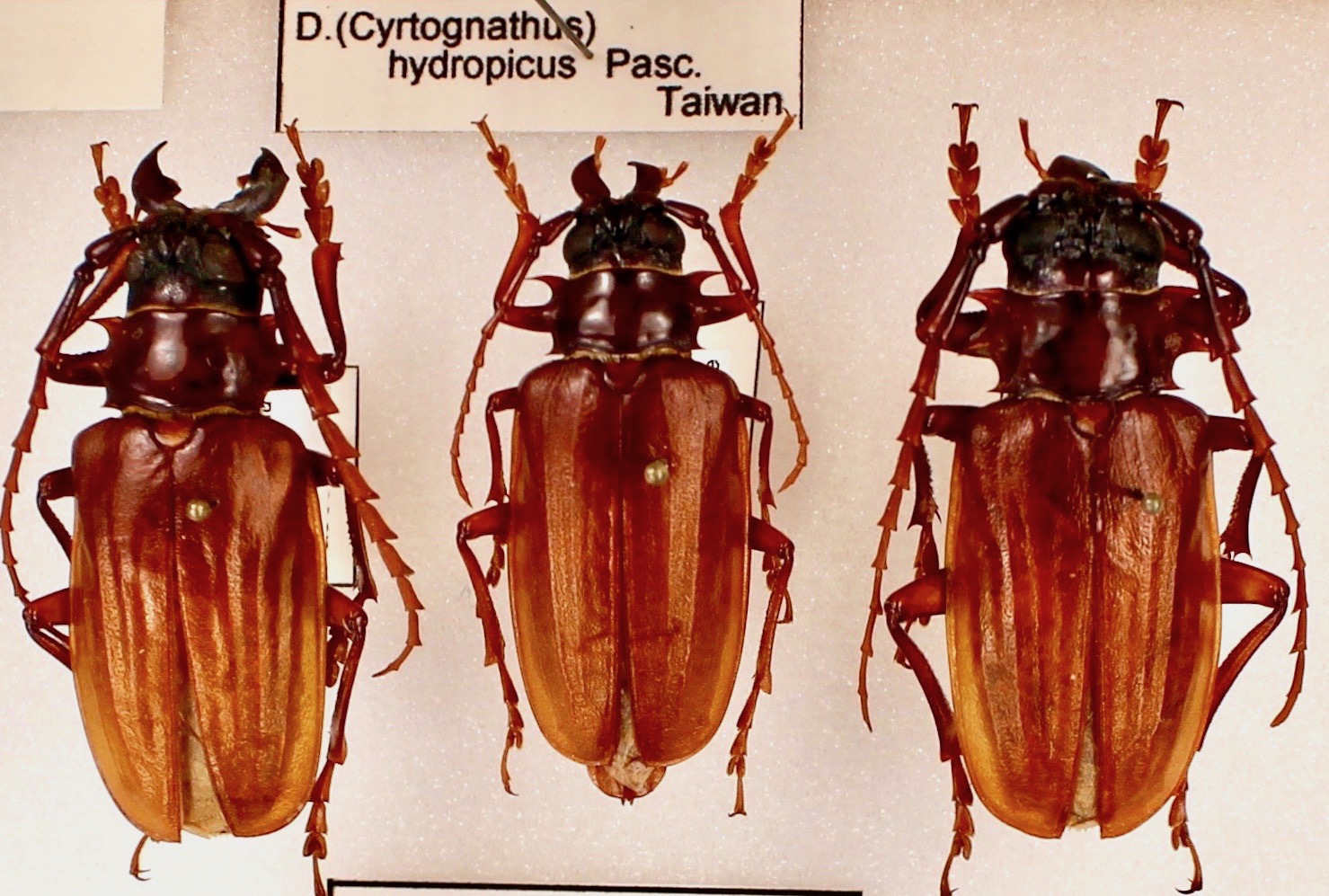
464.12 KB |
| Andre |
Posted - 28/01/2015 : 22:56:33
Many thank`s Francesco and Xavier  |
| Francesco |
Posted - 28/01/2015 : 22:16:30
It is most likely Dorysthenes hydropicus (Pascoe, 1857) |
| Xavier |
Posted - 28/01/2015 : 21:02:39
For shape of pronotum and scutellum, it's very close to this one, no ? |
| Andre |
Posted - 28/01/2015 : 20:43:15
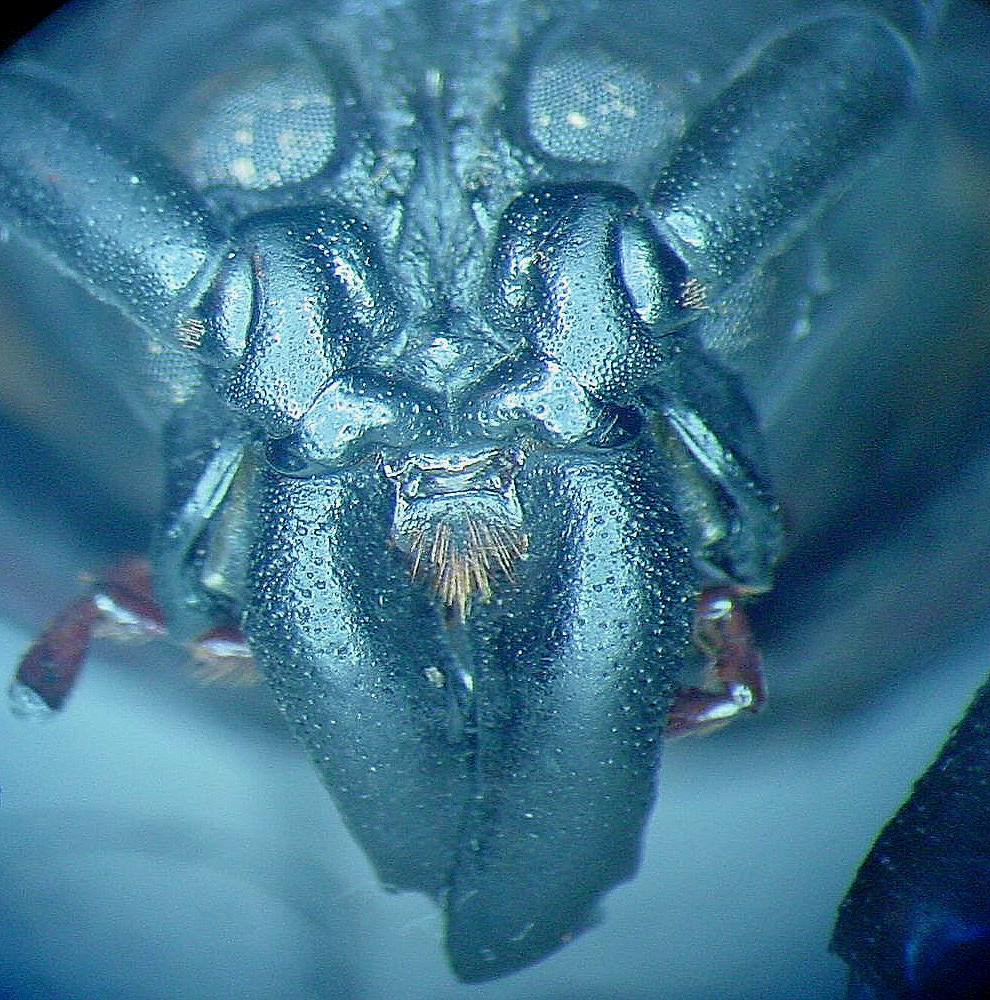 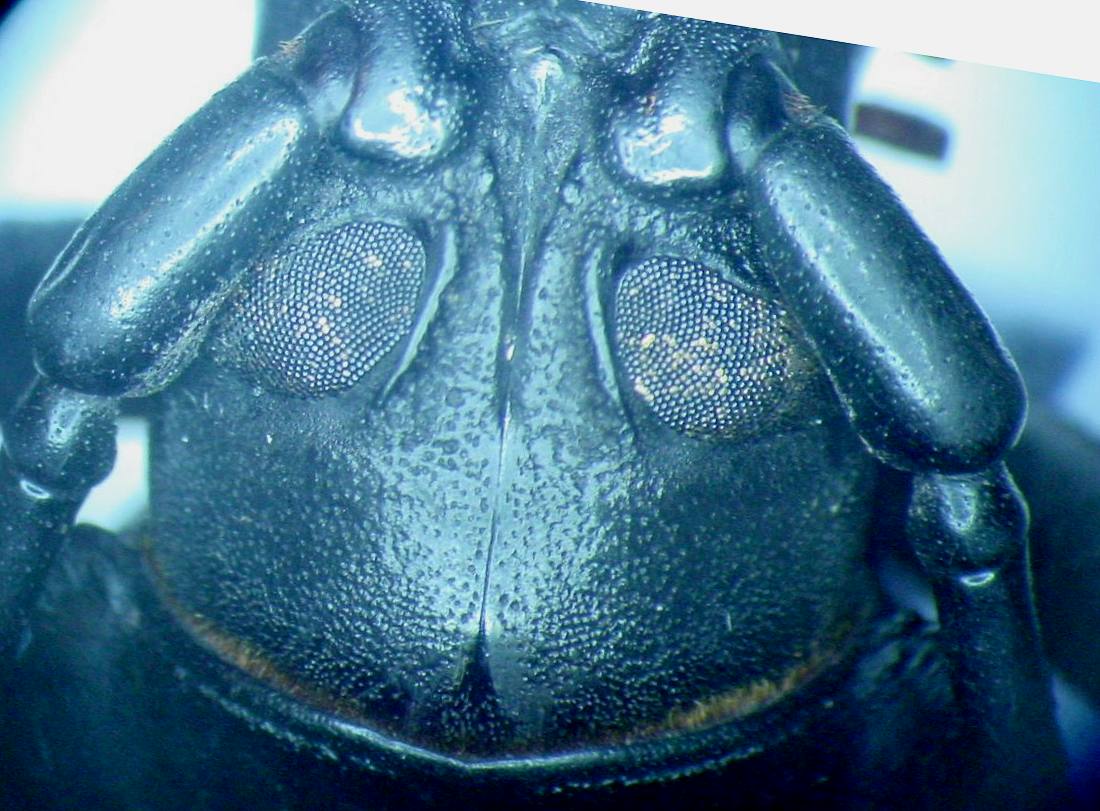
138.8 KB
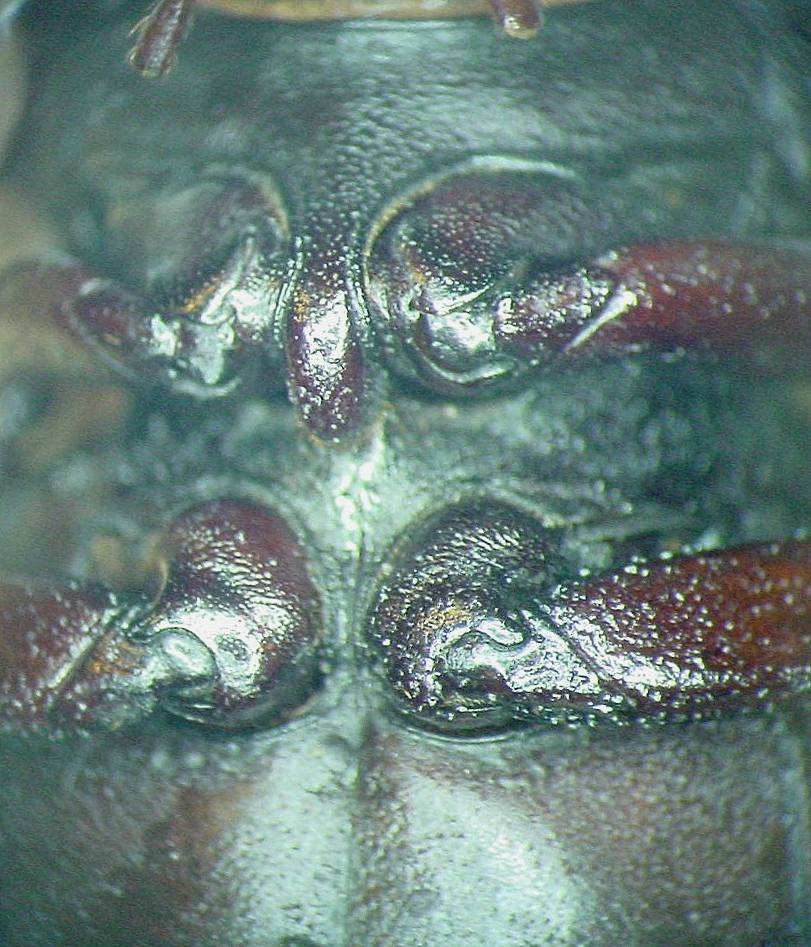 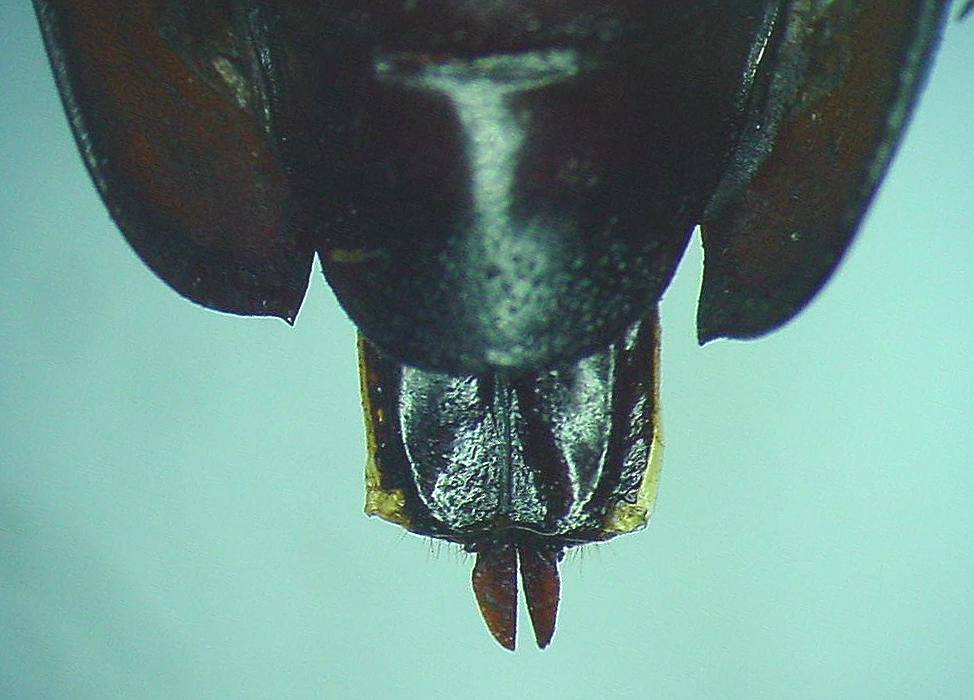
73.38 KB
Might be the picture can help. 1 and 2 is from a male, 3 and 4 is a female. |
| Francesco |
Posted - 25/01/2015 : 10:02:02
Die Hintertarsen sind klar spitzig. So, das gehört der Untergattung Cyrtognathus Faldermann, 1835... neu für Birma.
Die Bestimmungsmerkmalen sind hier... mmmhm schwierig zu erkennen  |


